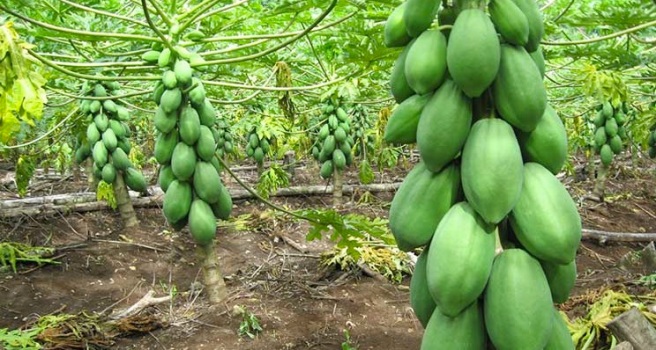


The Equatorial Climate.
New-comers to the tropics may find it easier to follow the sequence of cropping seasons by visualizing the following simplified picture. Within a few degrees of the equator the rains are said to ‘follow the sun’ in the two annual passages overhead which it makes as it passes from the equator (at the vernal and autumnal equinoxes) to either tropic and back again. The rainy seasons, spoken of in many countries as the ‘first’ and ‘second’ or the ‘greater’ and ‘lesser’ rains, thus fall in the late spring and late autumn, and these are the main crop-planting seasons. The rains gradually slacken off to be followed by dry seasons in late summer and late winter (these terms having no significance as regards temperature), when annual crops are harvested. Towards the outer limits of both tropics, the sun’s two passages overhead naturally fall closer together, and the seasons tend to coalesce into one long wet season and one long dry one of six months each. This is of course an extreme simplification of a picture which is locally complicated by monsoons, trade winds, hurricane seasons, and instability rainfall.
Soil Types
Tropical soils are adapted to a great extent by the atmosphere in which they are shaped. In the damp tropics, with high precipitation and temperature, a run of the mill weathering process brings about the arrangement of laterite soil, supposed from the Latin later (a block), since pieces of it uncovered set so hard as to be usable as building material.
Soil Structure
A decent arrangement of late work has demonstrated that even soils which are tasteful in mechanical and synthetic examination might be agronomically poor due to absence of structure. In a decent soil the particles ought to be incorporated together into little scraps. This morsel structure in addition to other things licenses sufficient passage of air and water into the dirt and furthermore renders it significantly more impervious to disintegration than a structureless soil. It has been demonstrated that the impact of proceeded with development and trimming is bit by bit to separate the structure.